Mongolia's exclusion of the Soyuz Vostok pipeline, an extension of the Power of Siberia 2 pipeline, from its national action plan is seen as a setback for Russian gas exports to the East.
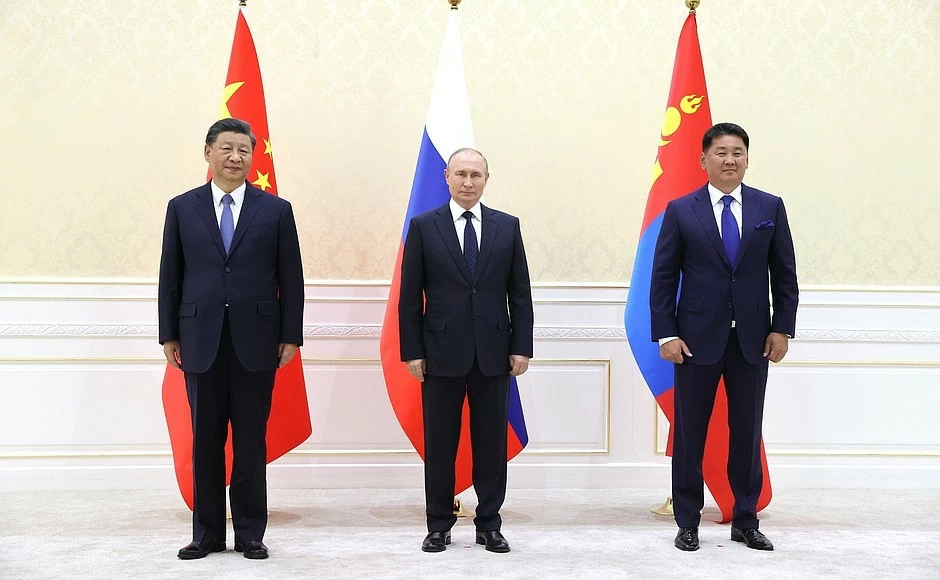 |
| From left: Chinese President Xi Jinping, Russian President Vladimir Putin and Mongolian President Ukhnaagiin Khurelsukh during a trilateral meeting in Moscow, Russia, September 2022. (Source: TASS) |
In August, the Mongolian government announced a National Action Plan for 2024-2028 to address issues that are hindering the successful implementation of ongoing projects. The strategy includes four goals with a total of 593 planned activities. However, one important project was not listed: the construction of the Soyuz Vostok pipeline, a 962-kilometer extension of the Power of Siberia 2 pipeline, which will connect the Yamal gas fields in Western Siberia to China via Mongolia.
The 2,594-km pipeline is expected to add 50 billion cubic metres (bcm) of natural gas export capacity to the 38 bcm currently exported via Power of Siberia 1, which runs from Yakutia and enters China from Blagoveshchensk on the Russian-Chinese border. The exclusion of the pipeline from the national strategy has raised concerns about the project stalling, especially as Moscow and Beijing have been unable to agree on key terms to start construction of Russia’s flagship pipeline since last year.
Why is Siberian Power 2 important?
Since Soviet times, Russian energy has been vital to Eastern and Central Europe, with the Druzhba pipeline carrying oil and the Urengoy-Pomary-Uzhhorod pipeline carrying gas. After the collapse of the Soviet Union, Moscow’s relations with Western Europe improved significantly, and the European Union (EU) emerged as a major market for Russian natural resources. This situation remained unchanged until Moscow launched a special military operation in Ukraine in February 2022.
However, since the late 2010s, new markets have emerged in the East, aided by the rise of an energy-hungry China. Russia has been planning to build new pipelines to the East to diversify its markets away from Europe. This desire is reflected in the plans to build the Yakutia-Khabarovsk-Vladivostok pipeline, renamed the Power of Siberia (PoS) in 2012.
The PoS pipeline, operated by Russian gas giant Gazprom, will transport natural gas from the Kovykta and Chayanda gas fields in Yakutia to Heihe in China, where the Heihe-Shanghai pipeline operated by China National Petroleum Corporation (CNPC) will begin.
In 2014, a $400 billion deal was signed to supply gas over 30 years, and construction began in 2015. Four years later, the first shipment through the pipeline was delivered to China.
As Moscow-EU relations deteriorated following Russia’s annexation of Crimea in 2014, Europe became wary of its dependence on Russian energy. Despite these concerns, an agreement was signed between Germany and Russia to build Nord Stream 2, an underwater pipeline between Russia and Germany that, along with Nord Stream 1, would increase gas supplies to 110 bcm.
However, despite being completed in 2021, the certification for the pipeline was suspended by German Chancellor Olaf Scholz on February 22, 2022, when Russia launched a special military operation in Ukraine.
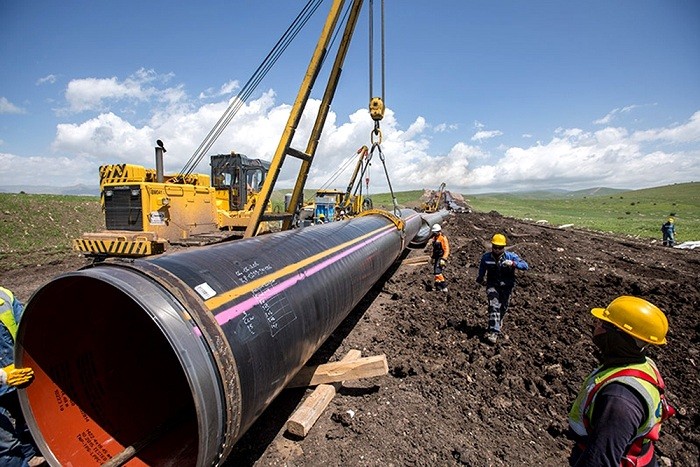 |
| Mongolia's removal of the Power of Siberia 2 pipeline from its national strategy has raised concerns about the project's stall. (Illustration photo - Source: News.mn) |
Europe plans to phase out Russian energy purchases by 2027, and its five-year gas transit deal with Ukraine expires this year. With its energy export market shrinking, Moscow needs Beijing to buy its natural gas.
In November 2014, a framework agreement was signed to increase deliveries. Several routes were developed to deploy the pipeline through the Altai region, including a possible pipeline plant in Kazakhstan. However, Mongolia was ultimately considered because its geographical location was optimal for pipeline construction.
In 2019, during Russian Prime Minister Dmitry Medvedev's visit to Mongolia, the groundbreaking ceremony for the PoS 2 pipeline, formerly known as the Altai pipeline, was announced. A memorandum of understanding (MoU) was signed between the Mongolian government and Gazprom to jointly assess the feasibility of the pipeline.
In 2020, Gazprom began design and survey work on PoS-2. In January 2022, the feasibility study was completed and the preliminary route of the pipeline with the entry point into Mongolia was announced. Local authorities in the country will coordinate the construction of the gas pipeline. Furthermore, in July 2022, Mongolian Prime Minister L. Oyun-Erdene said that the construction of the Soyuz Vostok pipeline could begin in 2024.
However, so far, this pipeline has been excluded from Mongolia's national action strategy, which is considered a matter of concern for Russia.
China has emerged as a major buyer of Russian energy since February 2022. In terms of gas, domestic consumption in the Northeast Asian country is around 400 bcm per year and this figure is expected to increase. Previously, the majority of China's gas was imported from Turkmenistan. With gas exports from the PoS 1 pipeline expected to reach its design capacity of 38 bcm by 2025, the PoS 2 pipeline will add 50 bcm of capacity, and the third PoS 3 pipeline (from Sakhalin to China) will transport another 10 bcm of gas.
However, the total volume of gas from these three pipelines combined cannot equal the 155 bcm of gas Russia sold to Europe in 2021. Therefore, the delay in the PoS 2 project will cause Moscow to lose significant revenue. Since February 2022, some European countries have reduced the amount of natural gas imported via pipeline from Russia but continue to import liquefied natural gas (LNG) from this country.
However, with the EU imposing the 14th round of sanctions on Russian LNG, countries have now also reduced their purchases from Russia. In 2023, Gazprom announced a $7 billion loss. Meanwhile, the gas transit agreement via Ukraine is unlikely to be extended. So Moscow is in dire need of new markets. This is why PoS 2 is such an important project for Russia.
PoS 2 is stalled?
Although Gazprom and CNPC have agreed in principle, negotiations on gas prices, volumes, construction cost sharing and other related issues are still underway. China wants Gazprom to sell gas at the same price as its domestic market, which is around $60 per 1,000 cubic meters, while Russia is selling via the PoS 1 pipeline at $257 per 1,000 cubic meters.
Moreover, Beijing has other concerns, such as Gazprom wanting to control the pipeline through Mongolia, which China fears will increase Russia's influence in the steppe country.
Other issues remain, such as payment while ignoring sanctions against Russia. Although gas from Russia is the cheapest, Beijing continues to import from Central Asian countries via the Central Asia-China pipeline, with Turkmenistan exporting the largest volume of gas to China.
The construction of the fourth line of the Central Asia-China pipeline, known as Line D, will help export an additional 30 bcm of natural gas to China, bringing Turkmenistan's gas imports to the world's second-largest economy to 85 bcm.
Russian President Vladimir Putin's visit to Beijing in May this year and Chinese Premier Li Qiang's visit to Moscow in August failed to produce any agreement on PoS 2. In addition, Mongolia's exclusion of the Soyuz Vostok pipeline from its national action program is seen as a major obstacle to the project.
Meanwhile, Mr Putin’s visit to Mongolia in the first week of September could play a key role in resolving these issues and putting the pipeline back on the agenda. Gazprom has lost significant revenue since the conflict in Ukraine broke out, and any further delays in the pipeline’s construction would reduce Russia’s gas export capacity.
The PoS 2 saga reflects in part Moscow’s dependence on Beijing for energy exports and the Kremlin’s possible pivot to the East, where the search for new markets for Russia’s abundant energy resources is at risk of being limited.
Source: https://baoquocte.vn/duong-ong-khi-dot-suc-manh-siberia-2-con-gio-nguoc-tu-mong-co-toan-tinh-xoa-truc-cua-nga-va-niem-tin-o-mot-trung-quoc-dang-khat-nang-luong-286702.html



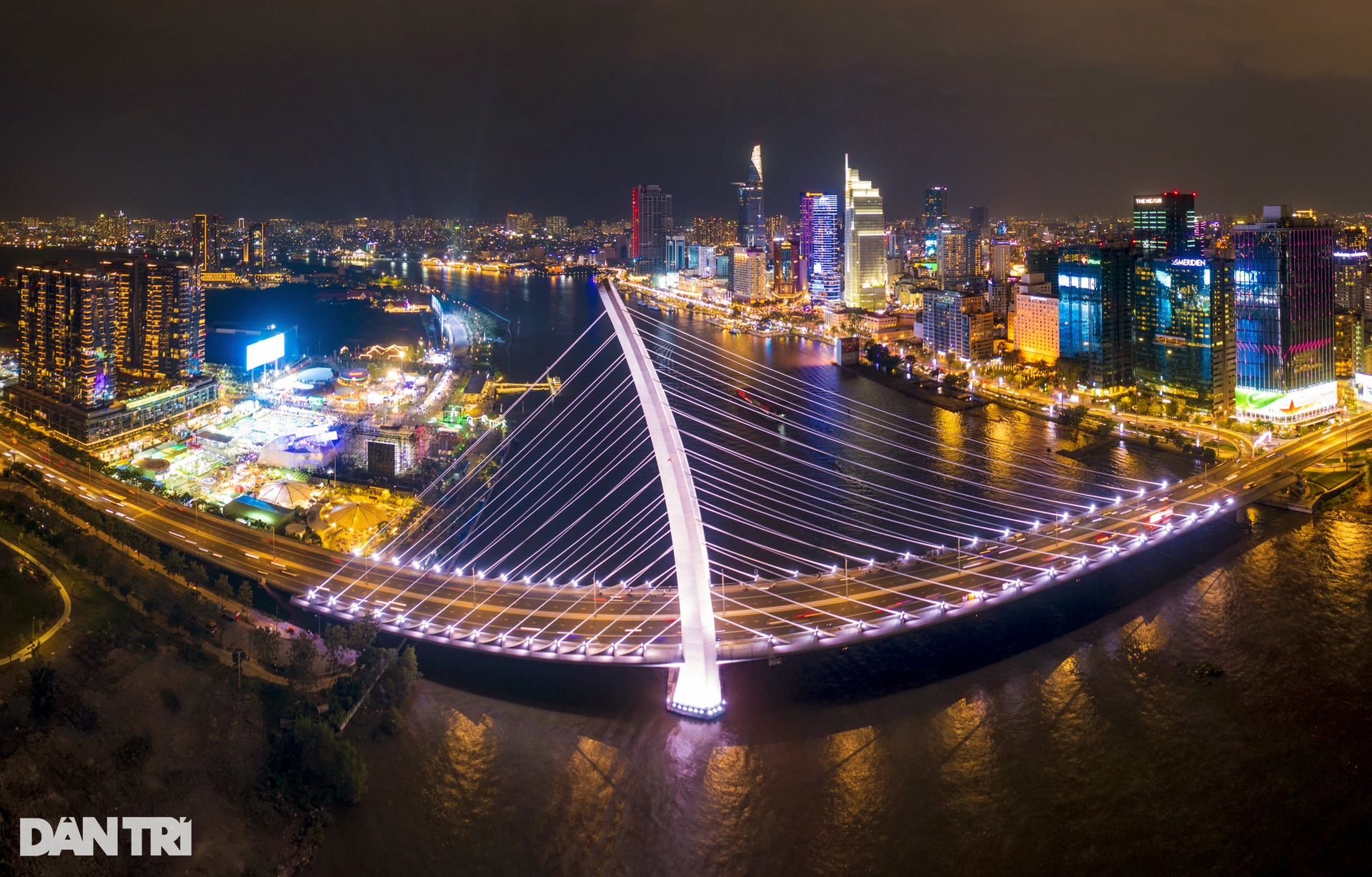
![[Photo] Binh Thuan organizes many special festivals on the occasion of April 30 and May 1](https://vstatic.vietnam.vn/vietnam/resource/IMAGE/2025/5/1/5180af1d979642468ef6a3a9755d8d51)
![[Photo] Ha Giang: Many key projects under construction during the holiday season](https://vstatic.vietnam.vn/vietnam/resource/IMAGE/2025/5/1/8b8d87a9bd9b4d279bf5c1f71c030dec)
![[Photo] "Lovely" moments on the 30/4 holiday](https://vstatic.vietnam.vn/vietnam/resource/IMAGE/2025/5/1/26d5d698f36b498287397db9e2f9d16c)

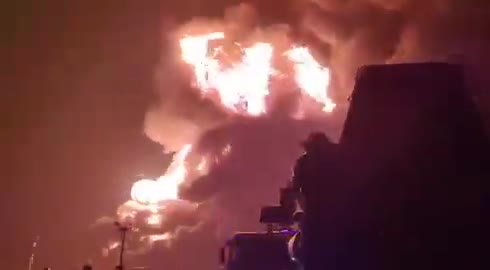

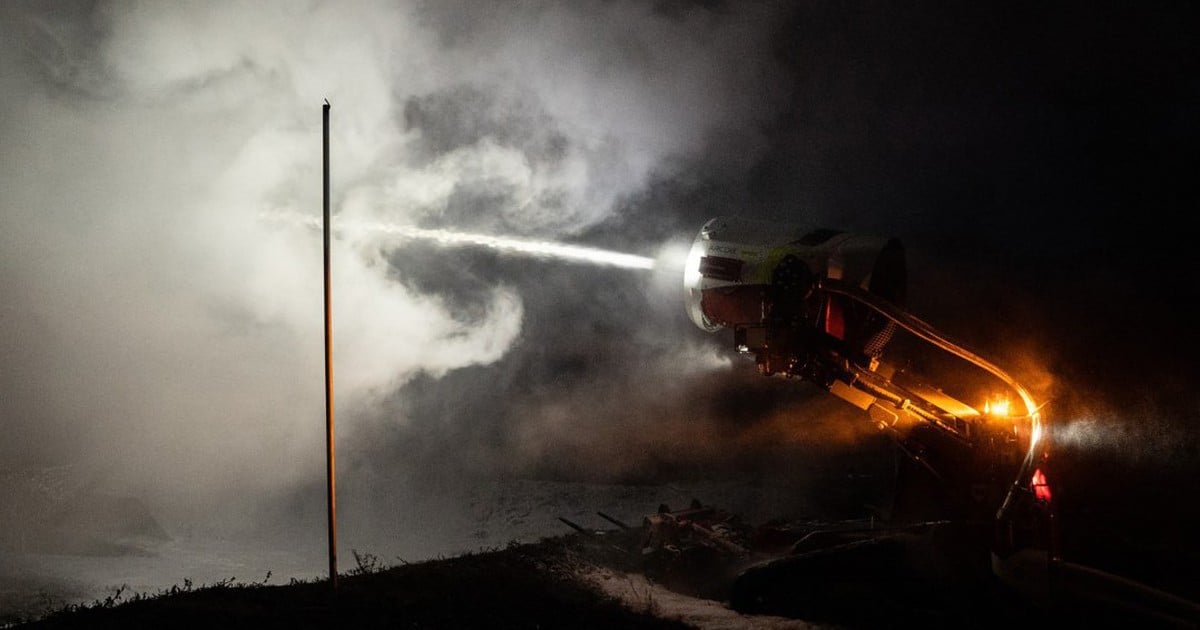


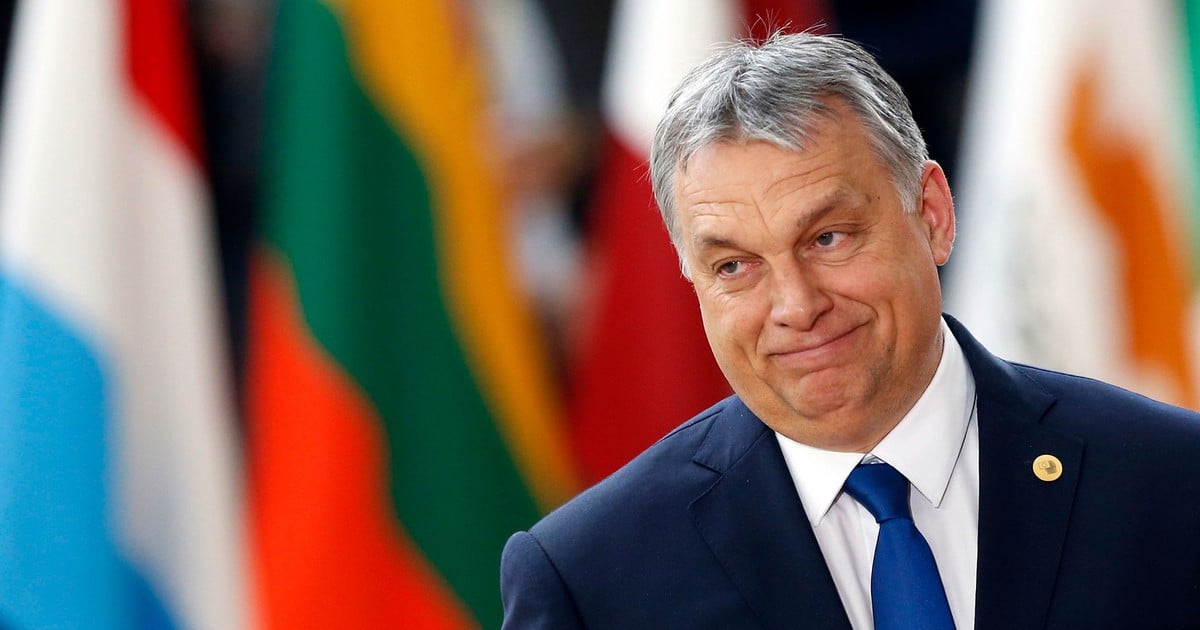
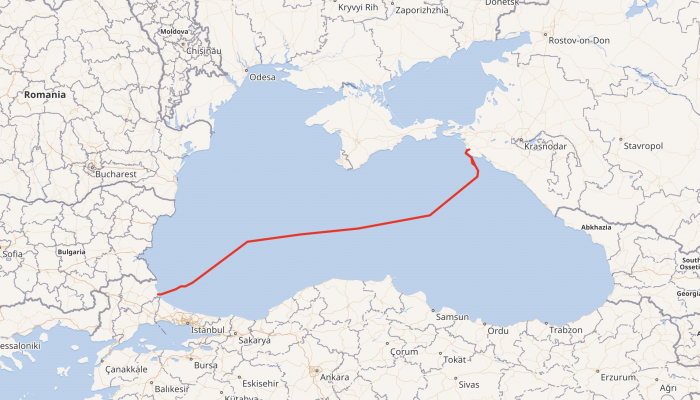
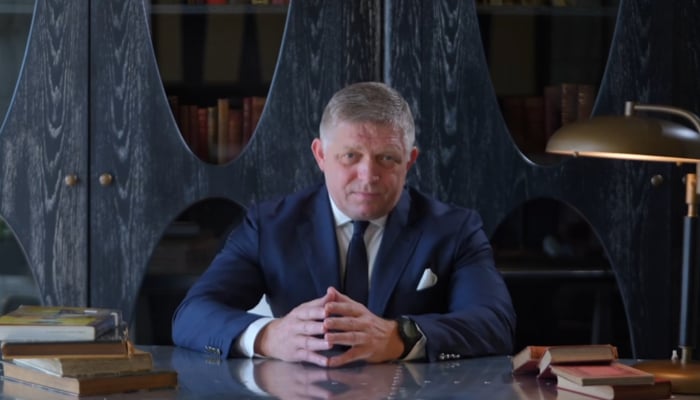


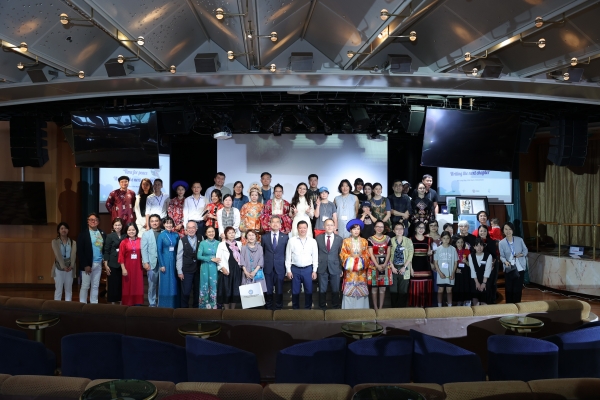

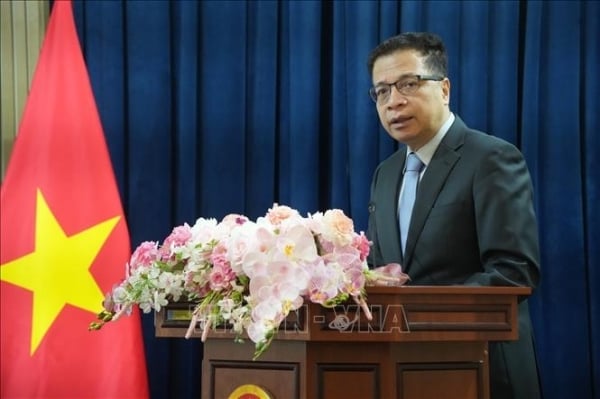
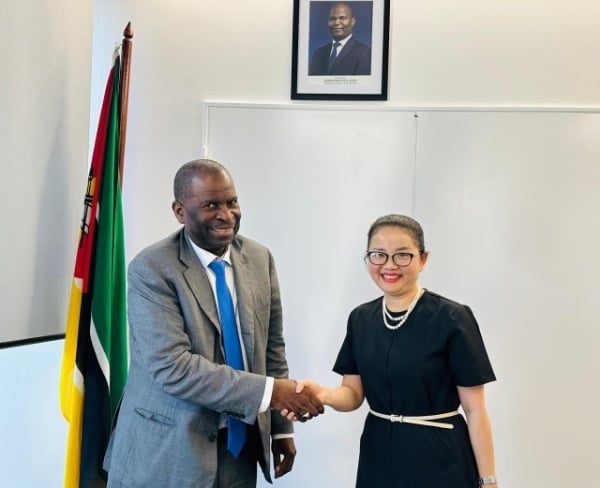


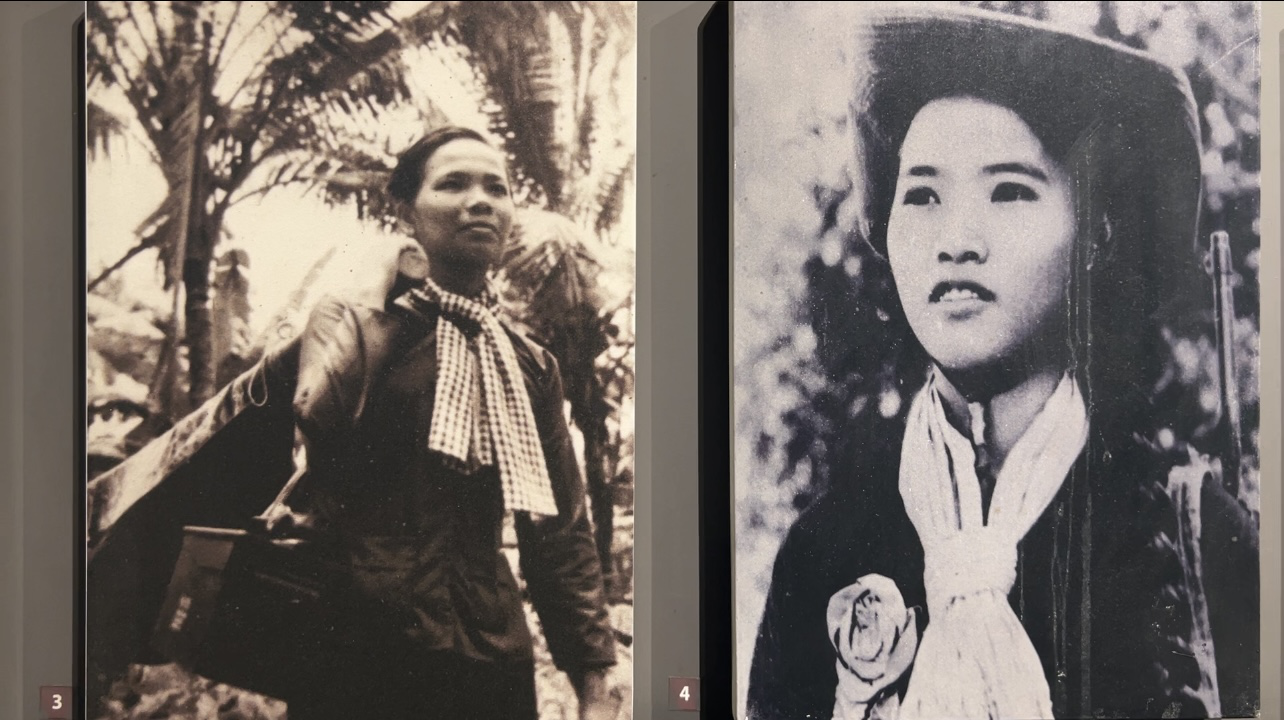
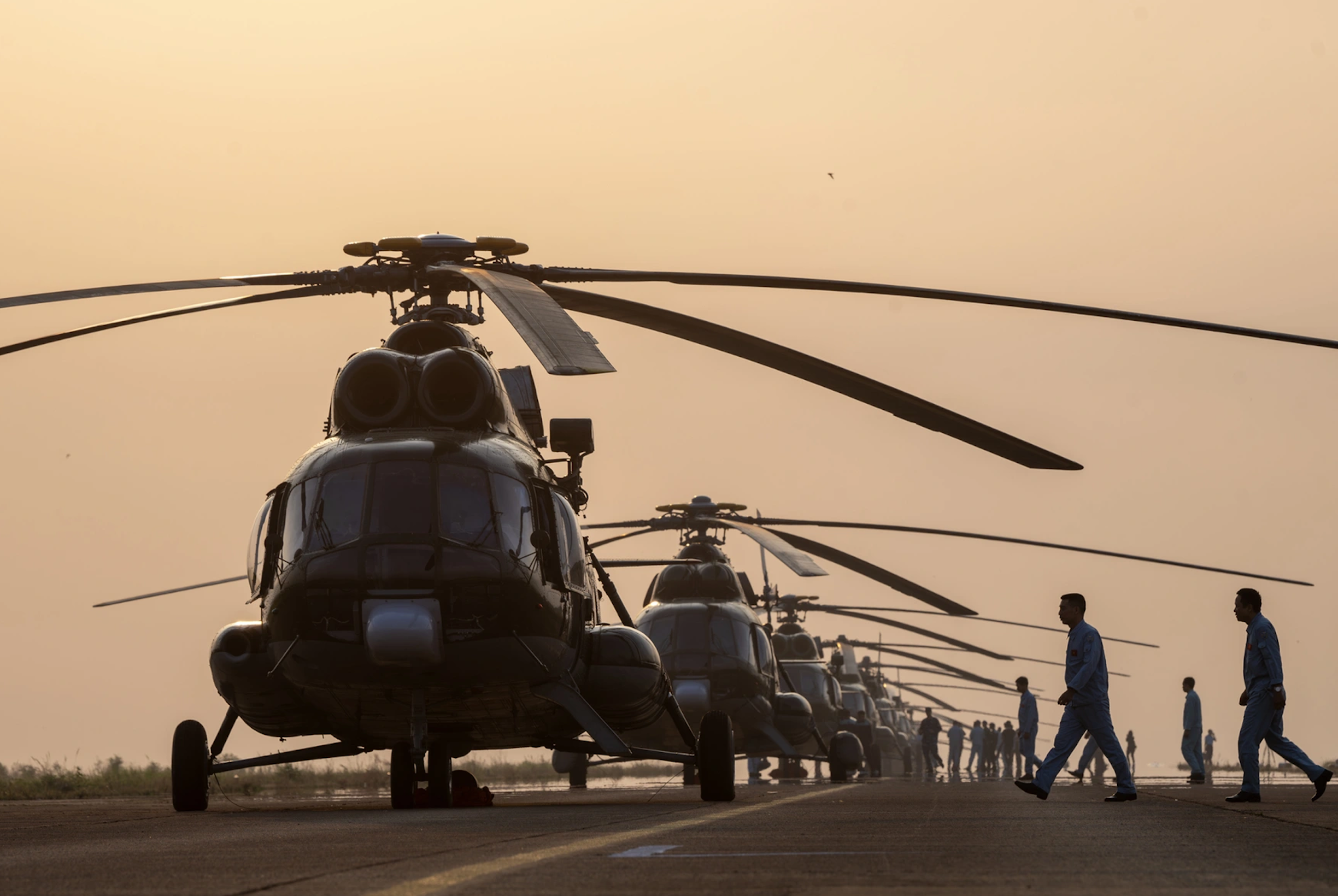
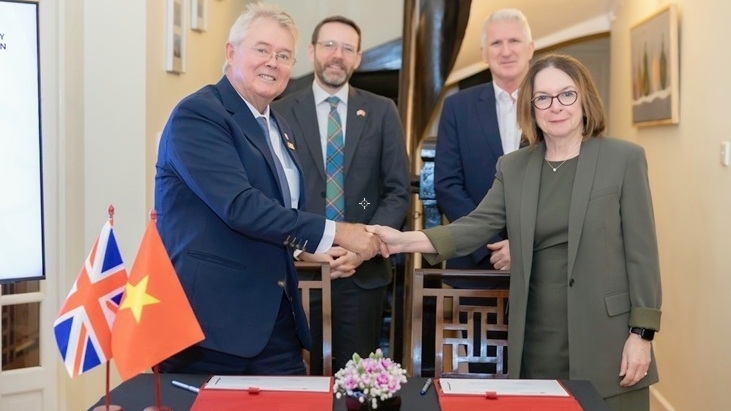





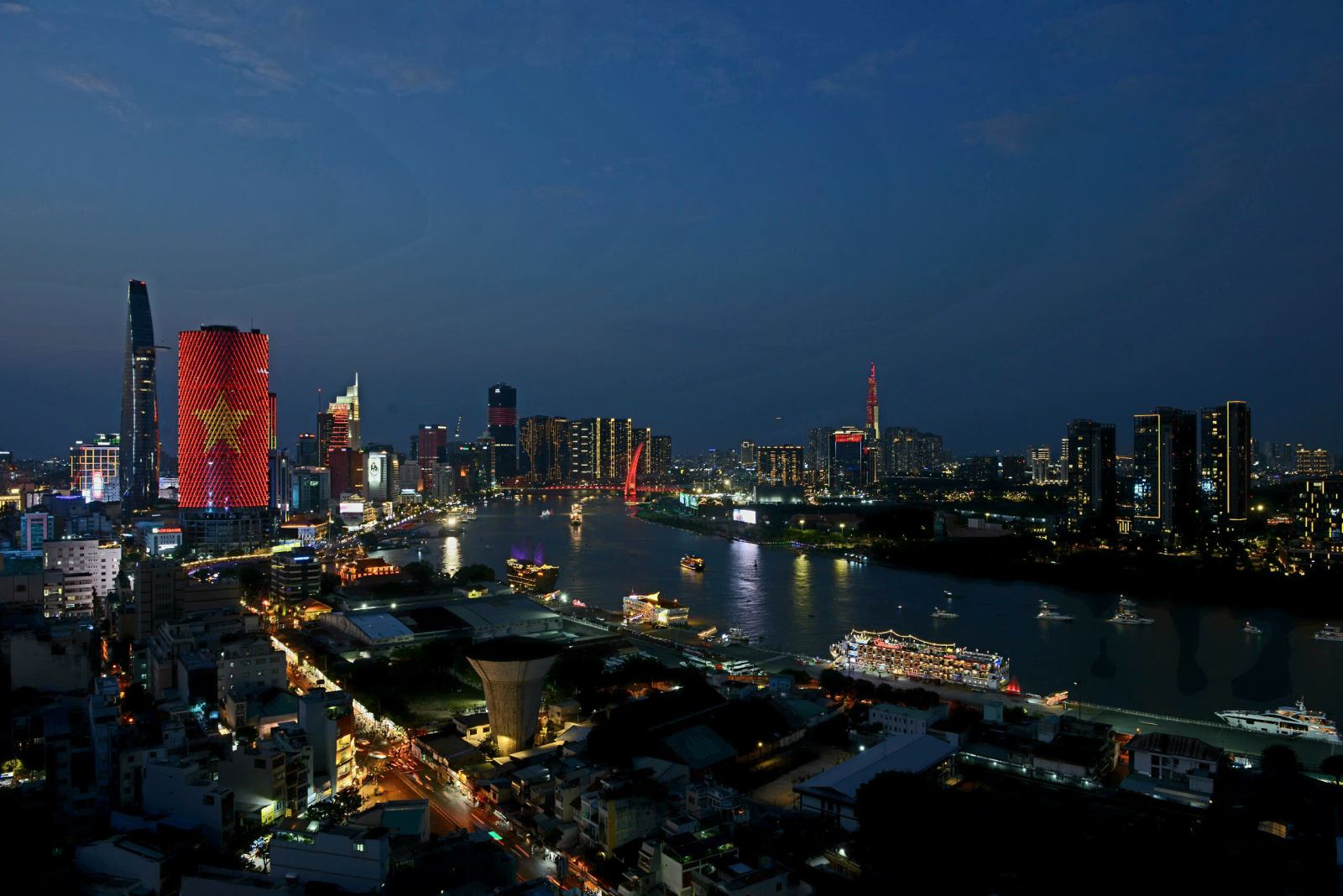
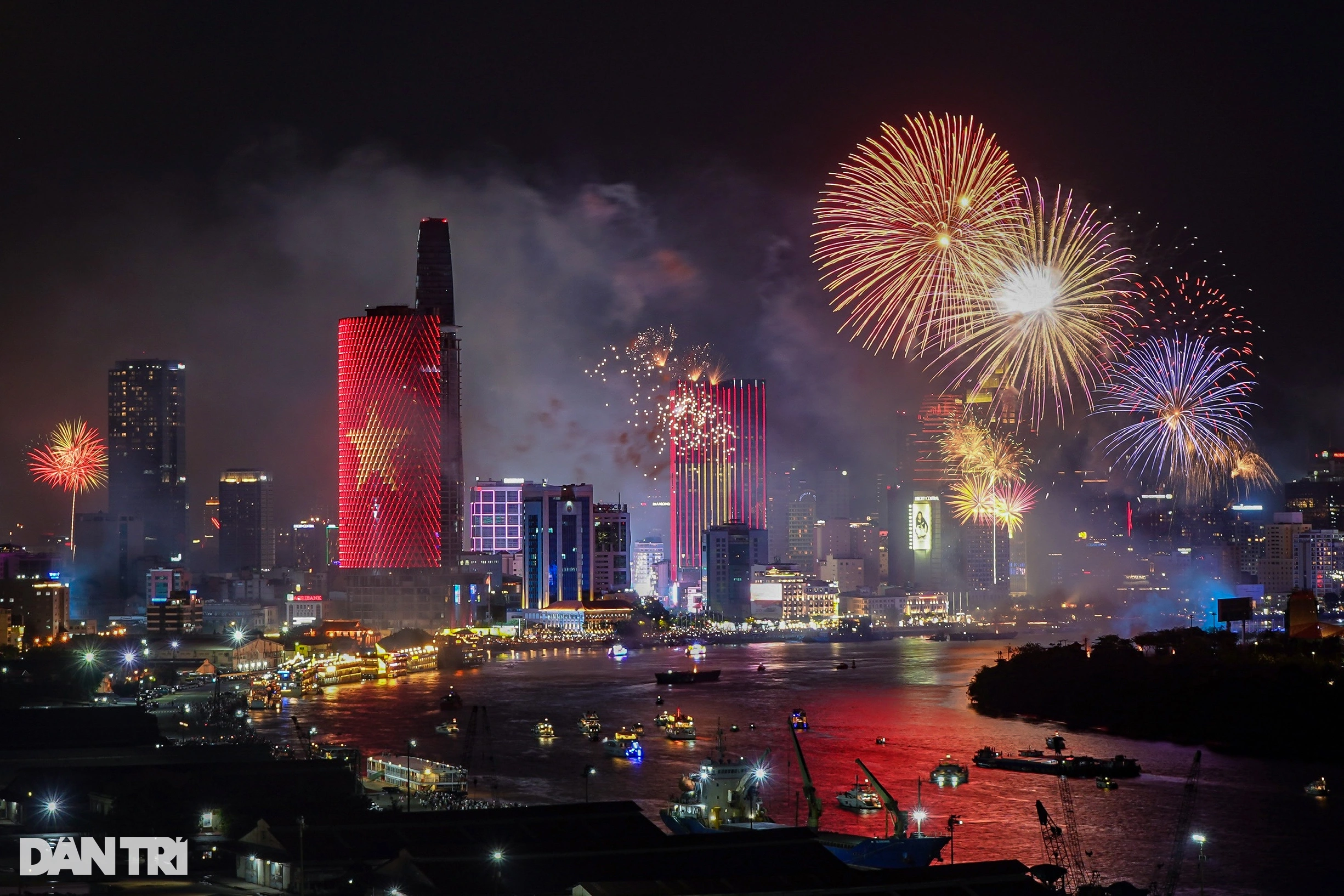

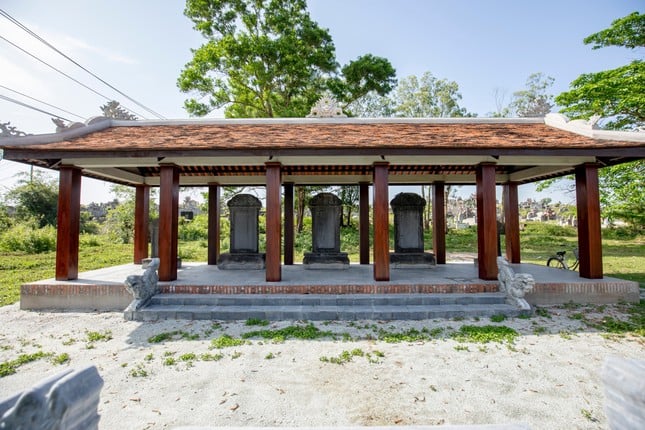

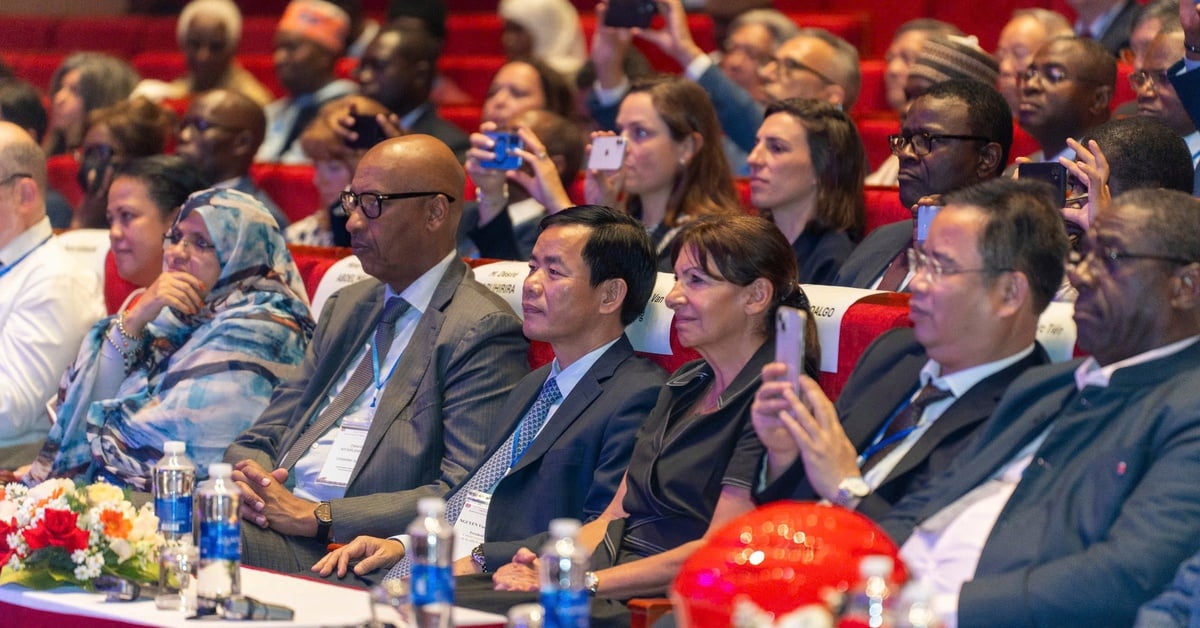

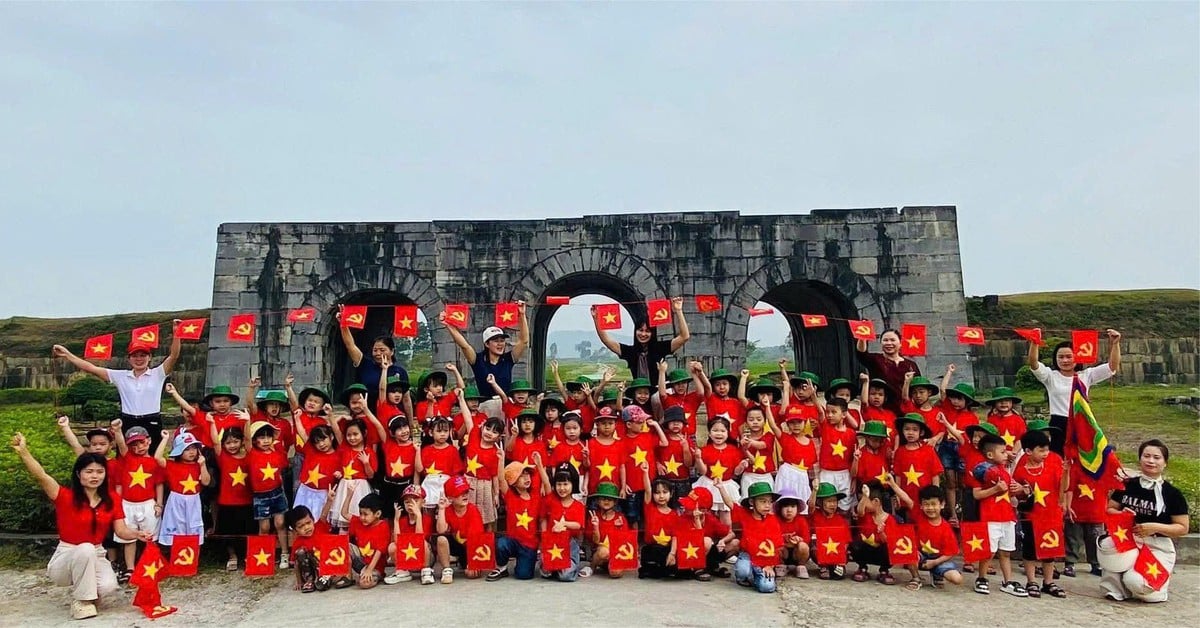
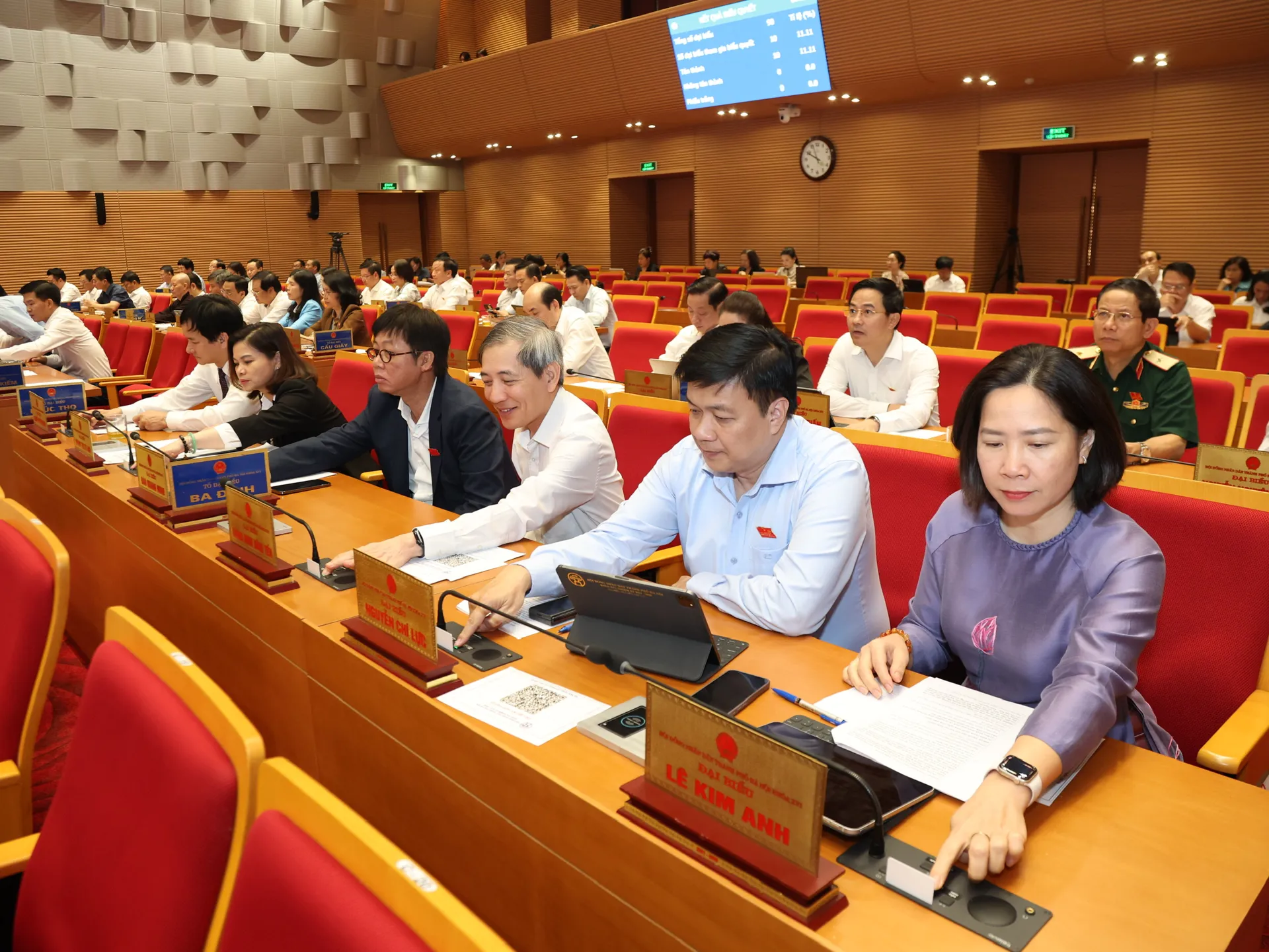



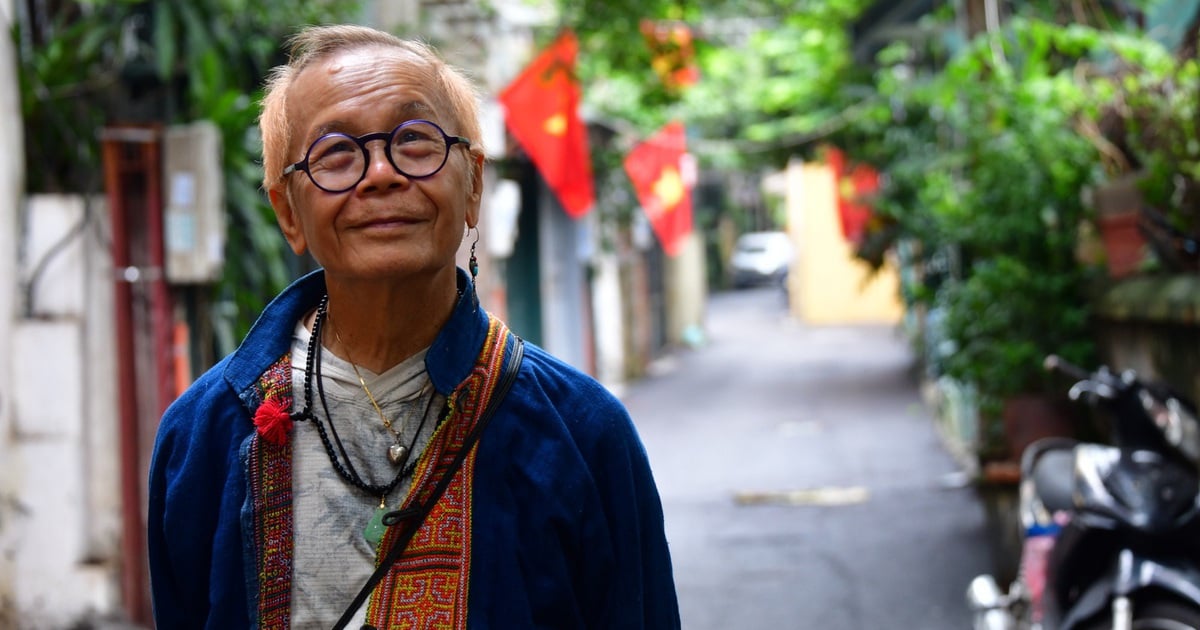



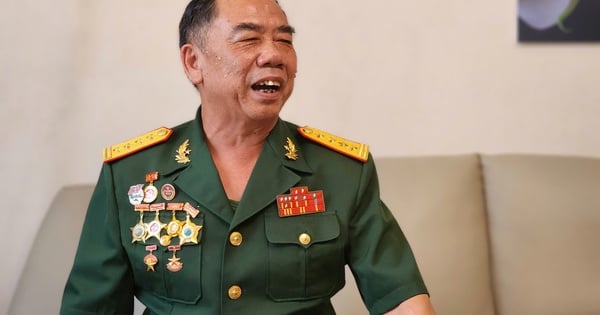






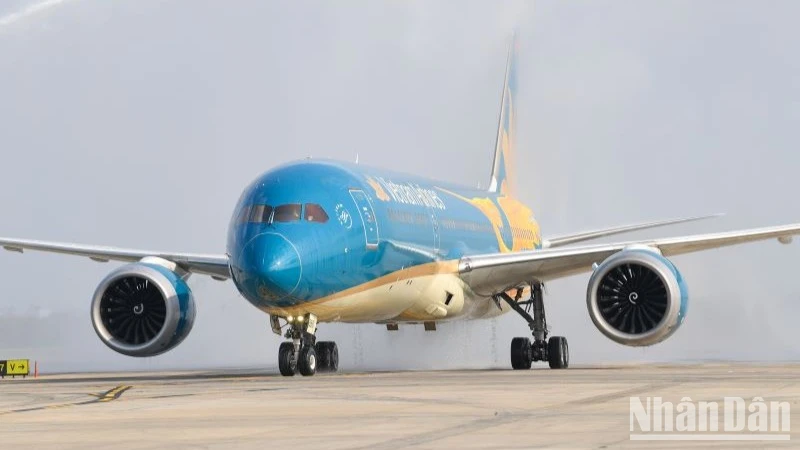
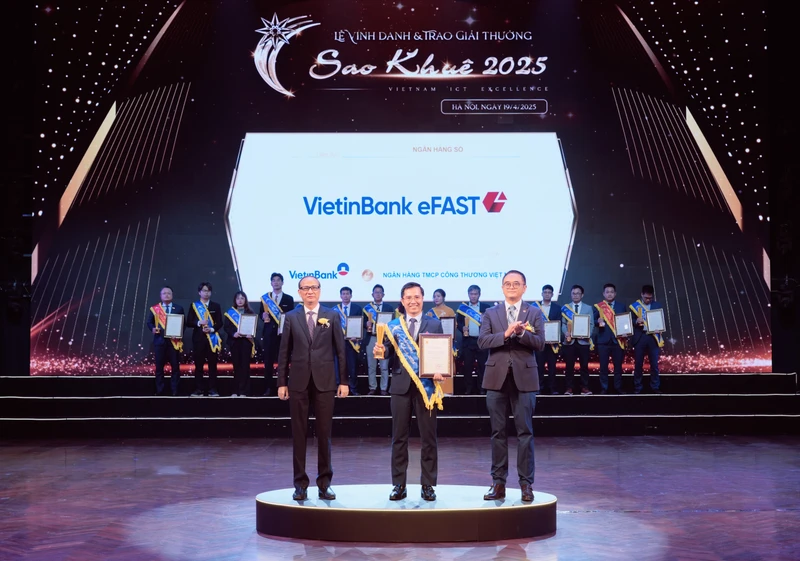




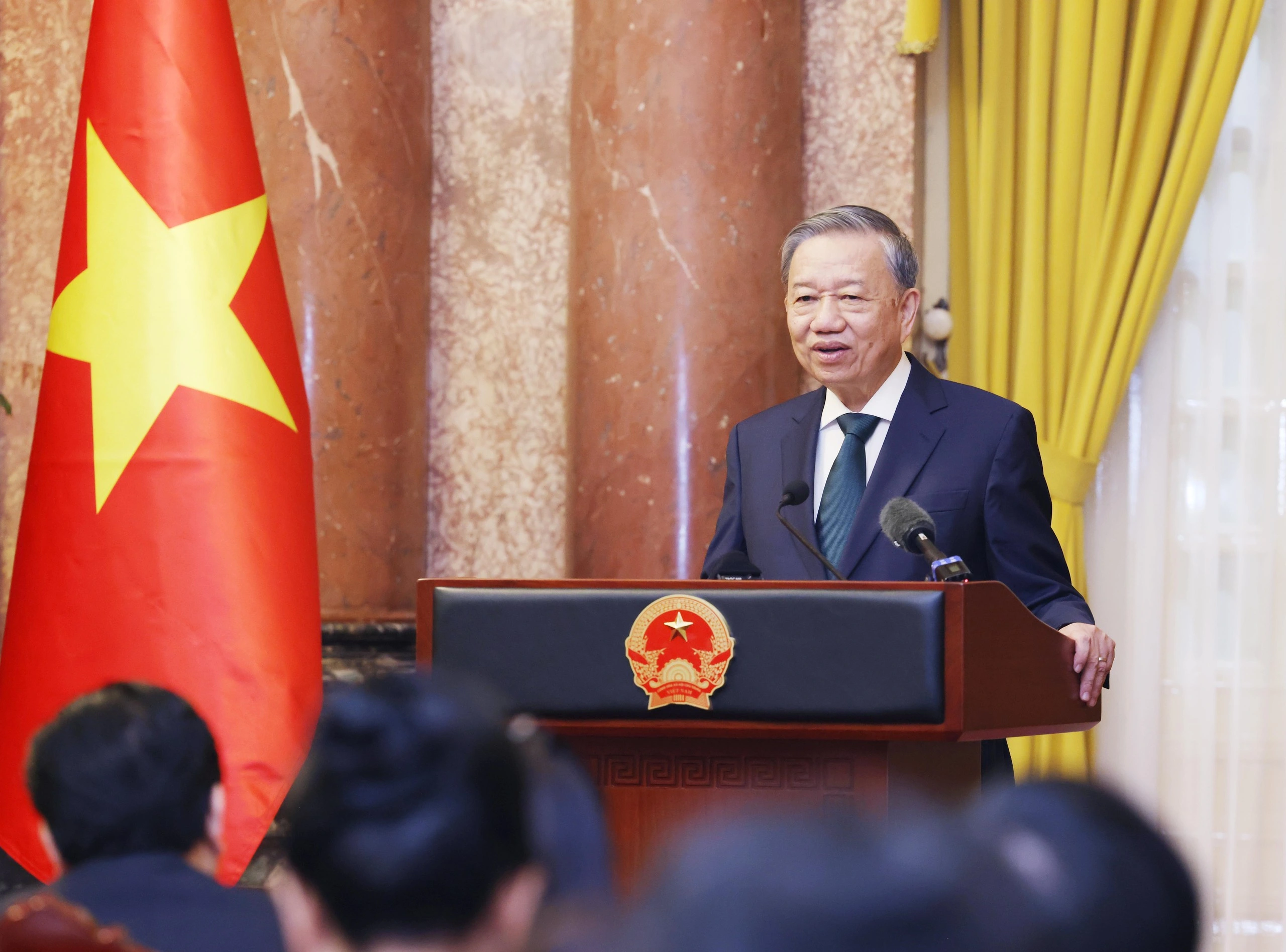
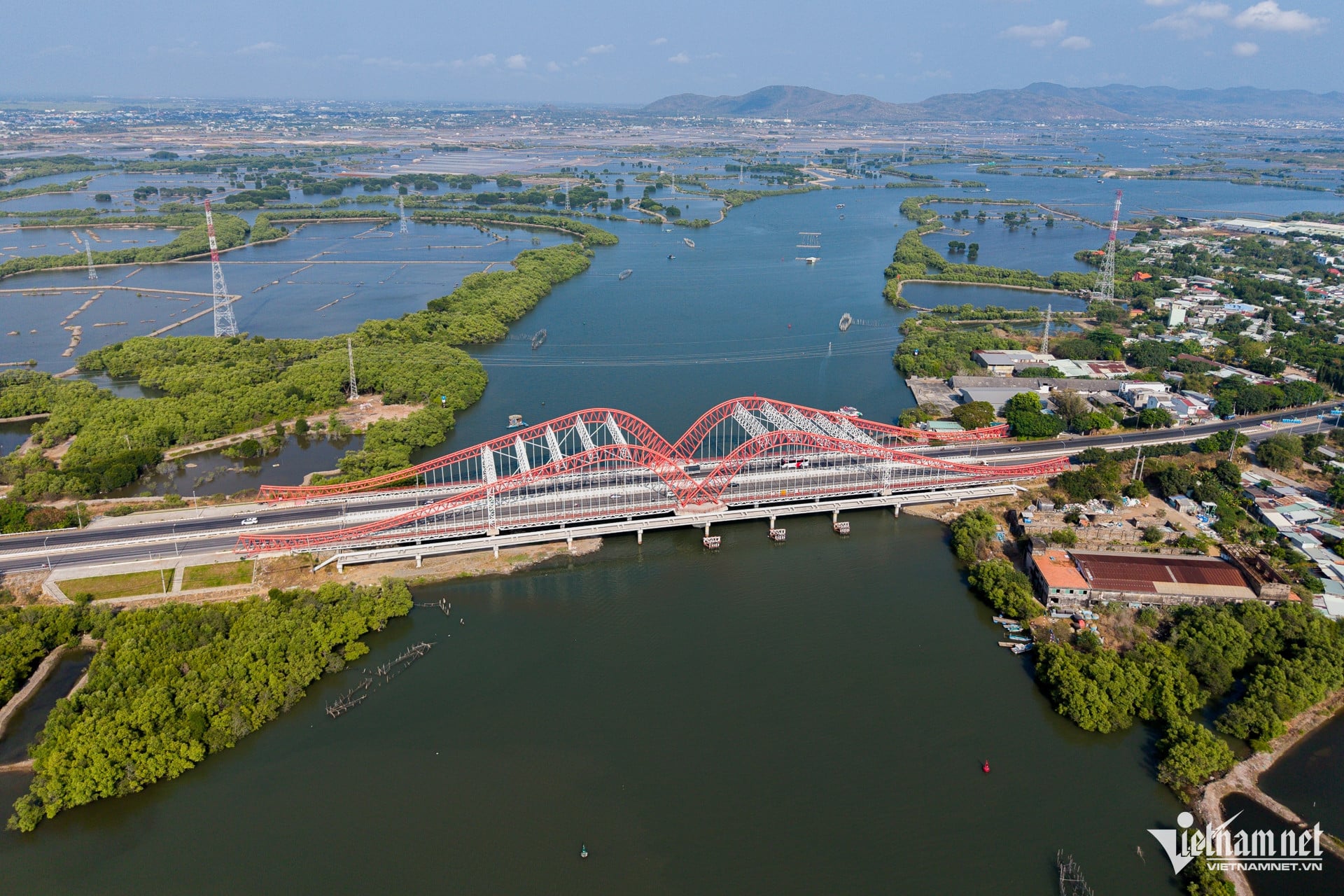



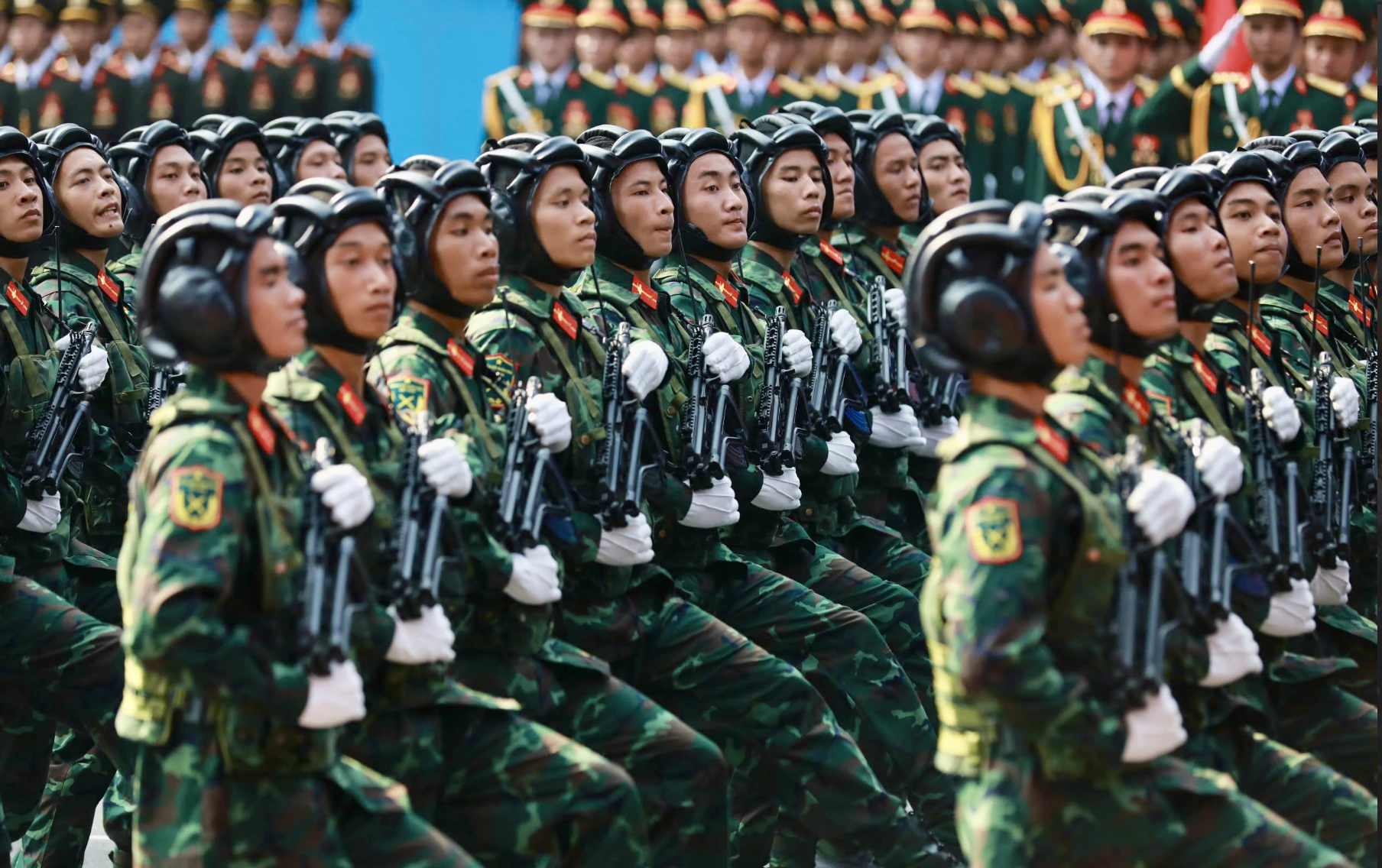
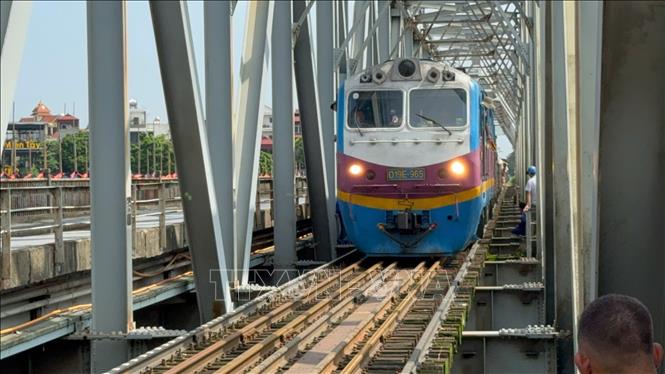

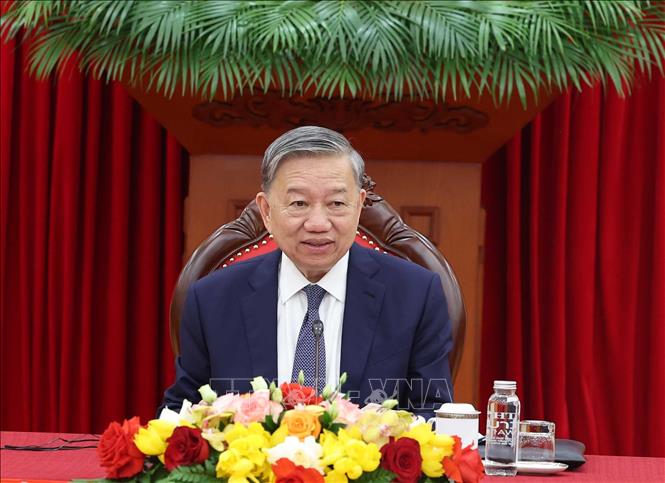



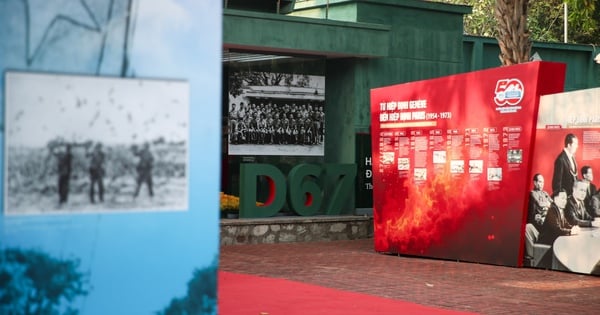


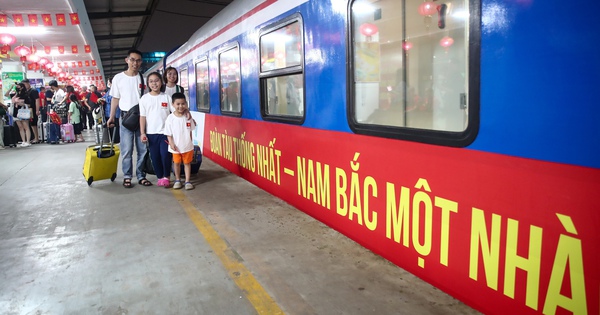
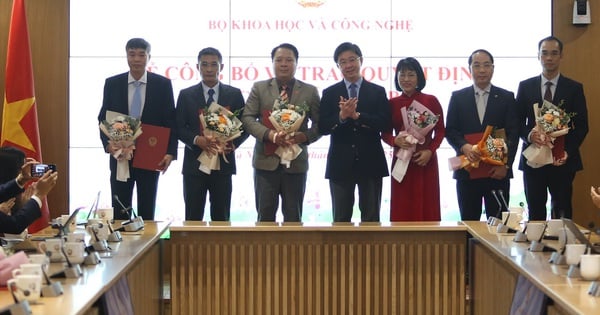









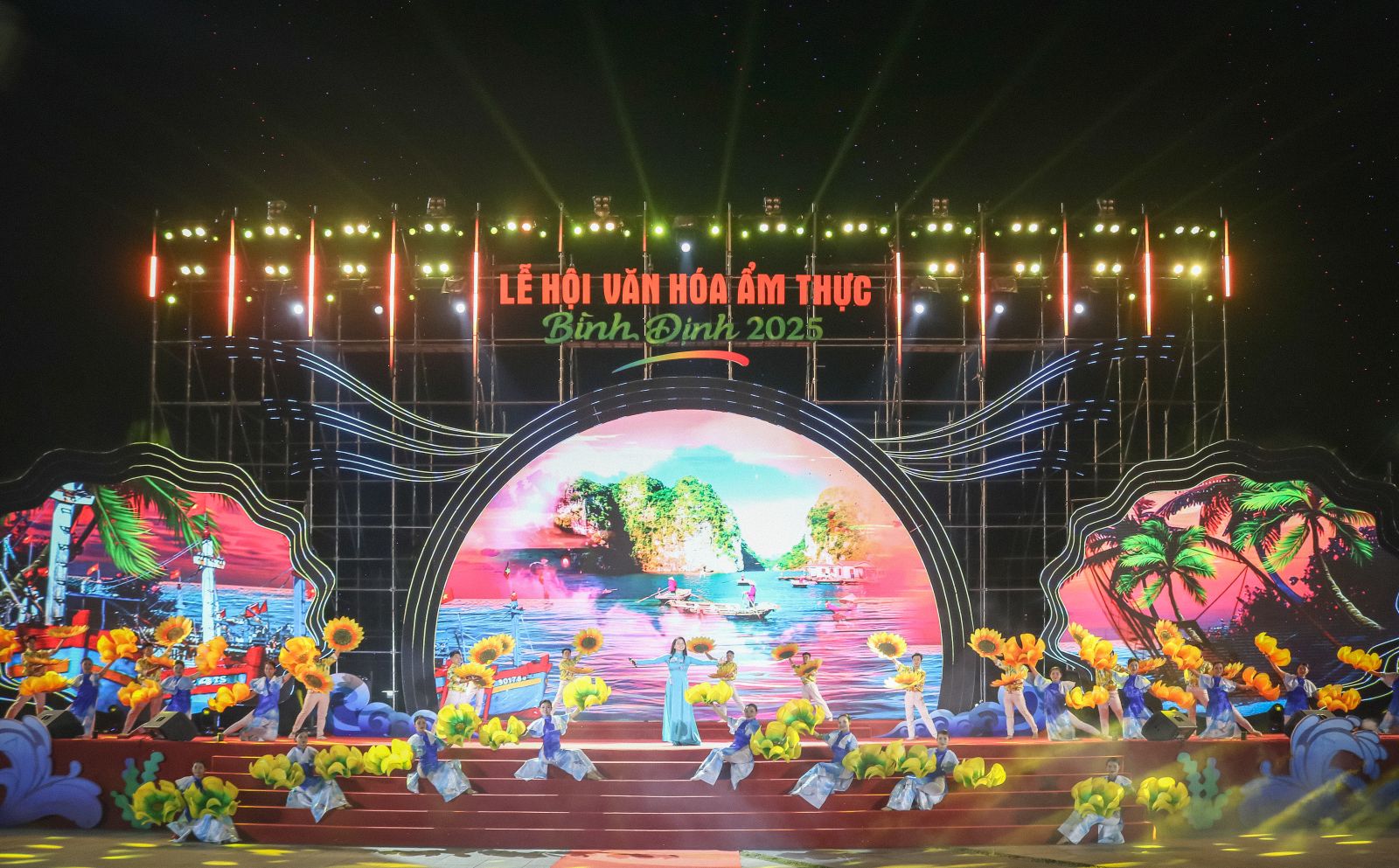








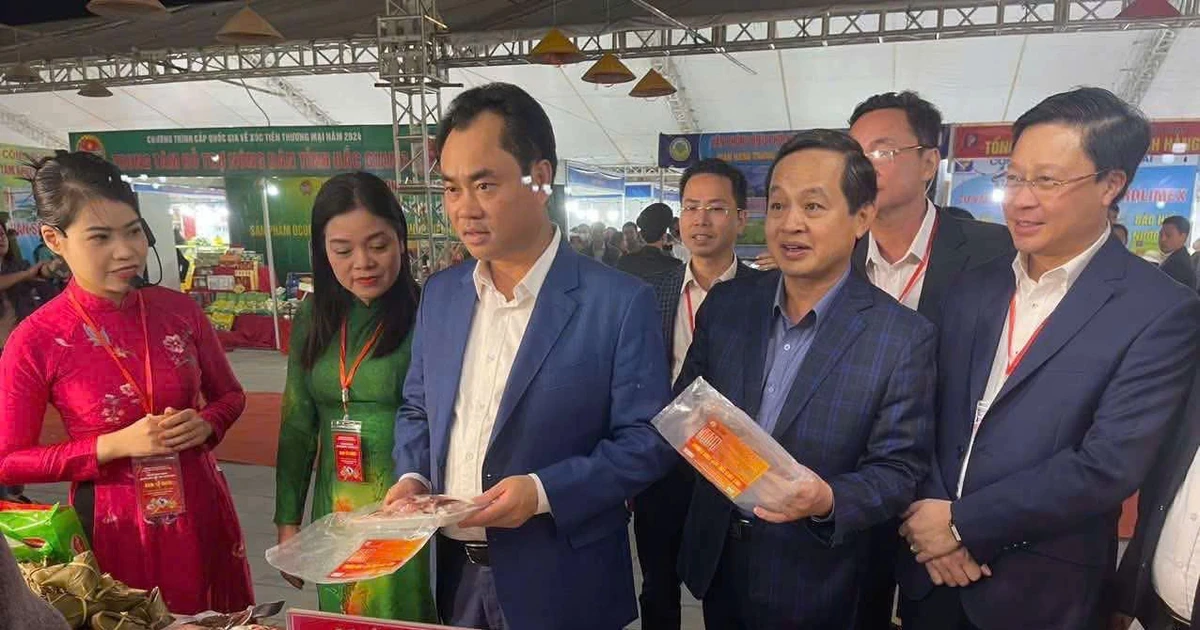





Comment (0)